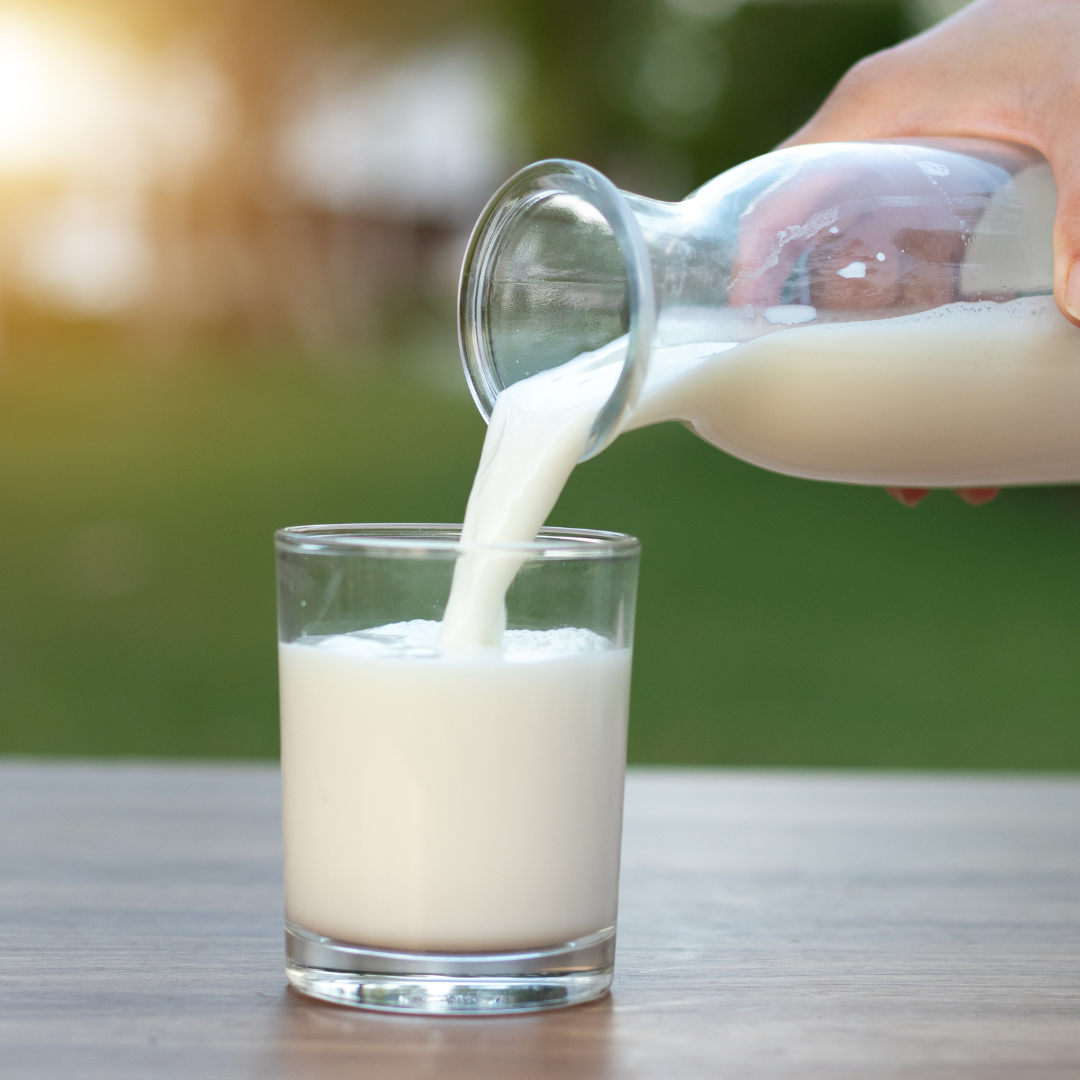Did you know?
Calcium and vitamin D are an important component to maintaining bone health. Many older adults do not get enough vitamin D from food or exposure to sunshine and some do not consume enough calcium through the food they eat. People who have osteoporosis and/ or who are at high risk for fracture, should consume enough calcium and vitamin D through diet or supplements.

How Much Calcium Do I Need?
| Age | Daily Calcium Requirement (mg) (from diet and supplements) |
|---|---|
| 19-50 | 1000 |
| Pregnant/lactating women 18+ | 1000 |
Calcium
For all residents, we recommend dietary interventions to meet the recommended dietary allowance (RDA) for calcium.
| For all older adults in LTC | High Risk | Low Risk |
|---|---|---|
| 1200 mg daily through diet (3 servings of dairy or equivalent) | 500 mg supplements daily recommended | 500 mg supplements daily recommended* |
Vitamin D
| High Risk | Low Risk |
|---|---|
| 800 – 2000 UNITS of Vitamin D3 | 800 – 2000 UNITS Vitamin D3* |
*depending on resources and preferences
Tips
- Calcium and Vitamin D are important components of a fracture prevention program
- Calcium is best obtained through food (1200 mg daily)